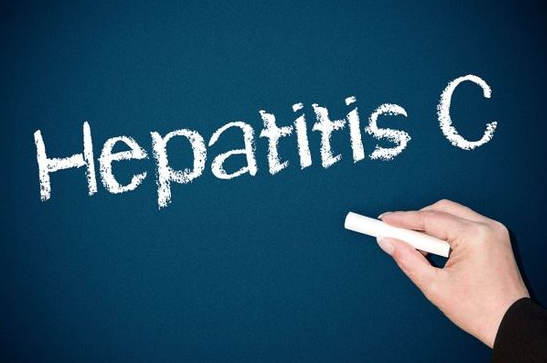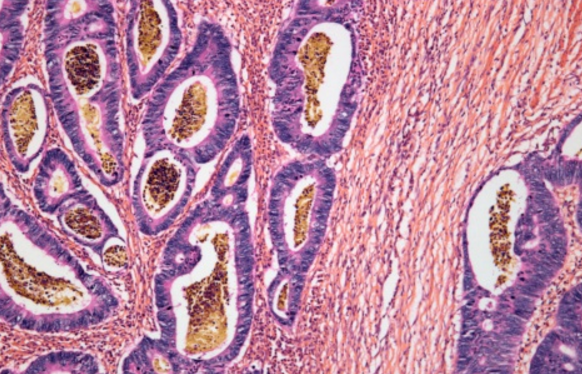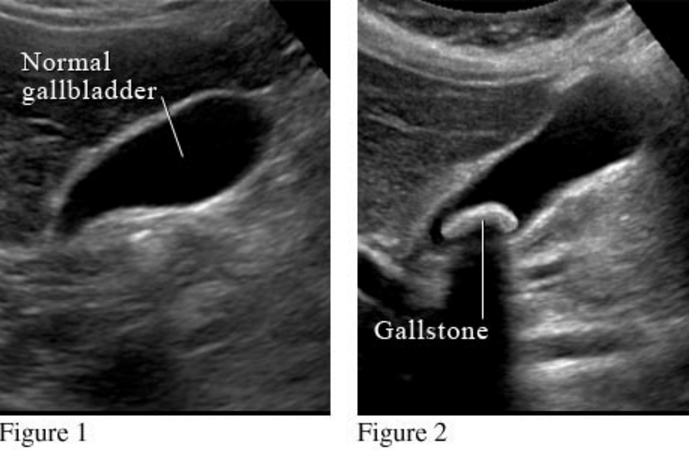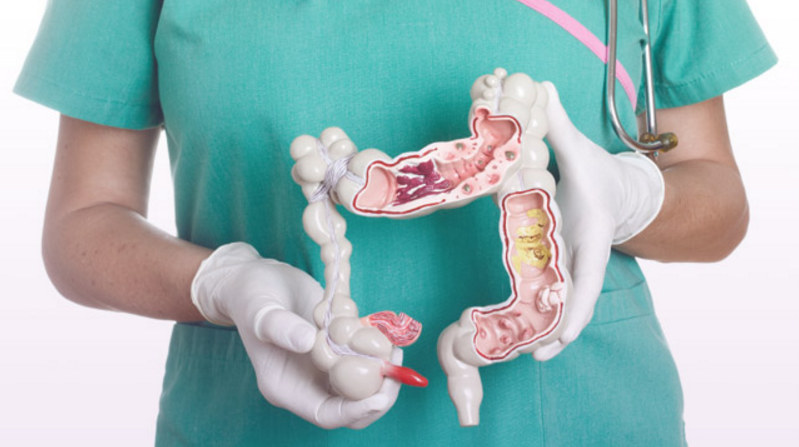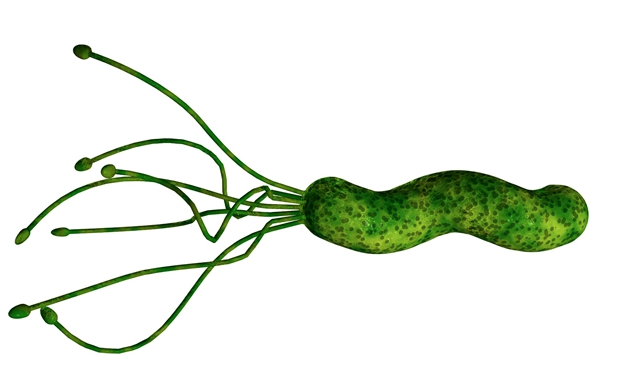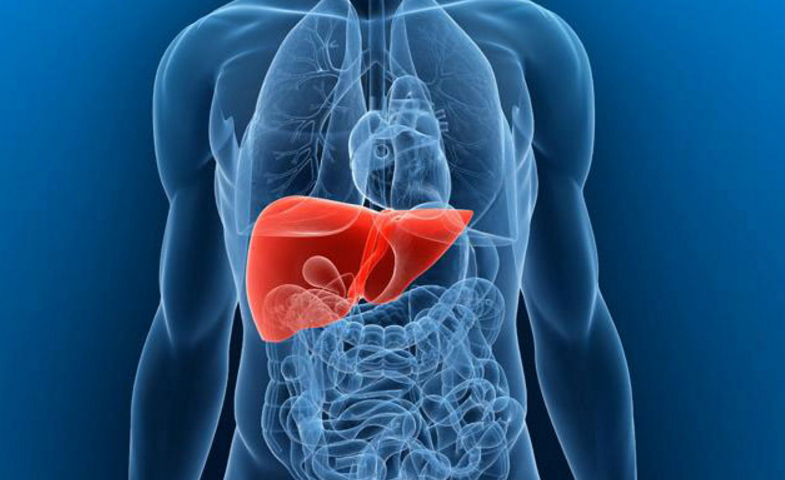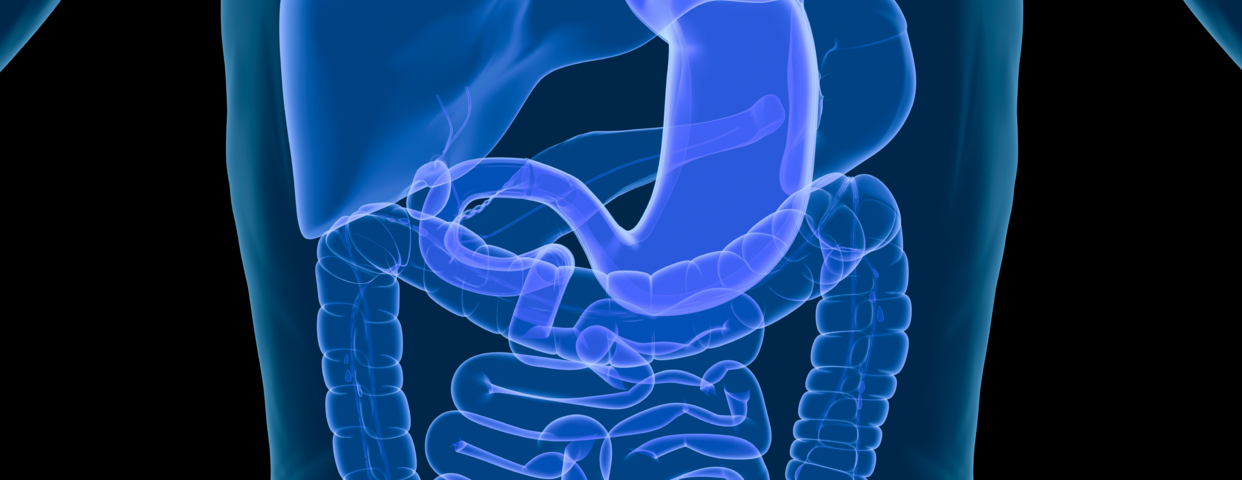Hepatitis C is one of the most common liver problems worldwide. It is estimated that around 10 million people are suffering from this illness in mainland China alone. In less developed countries, the most common routes of transmission are contaminated blood products or medical instruments. In more wealthy societies, people usually contract the disease due to high risk behaviours such as needle sharing and unprotected sex.
Up until 2014, the standard of care involves weekly injections plus oral medication for 6-12 months. These medications are associated with severe side effects, quite a number of patients cannot tolerate a full course of treatment; sadly some patients are even not eligible to start treatments. The worst thing is, after all this hassles, the rate of successful treatment for the most common subtype of hepatitis C in Hong Kong was only around 50%.
Good news is, since 2014, new drugs were developed. They are called direct anti-viral agents (DAA), each targeting one of the three different sites in the viral RNA. These drugs are pills, so no poking yourself every week, and the treatment duration is usually only around 3 months. Side effects are much less significant. Patients who previously failed treatments or not eligible to be given treatments, can now be treated as well. Overall success rate is around 95%! Well, the world is not perfect, good news always come with bad news…..money. A 3 month course of treatment now costs over half a million Hong Kong dollars. These drugs are not available in mainland China yet, so that 10 million sufferers in China are flocking to other countries for treatment.
Blog: dr-ernest.net
Image Source: Pinterest

